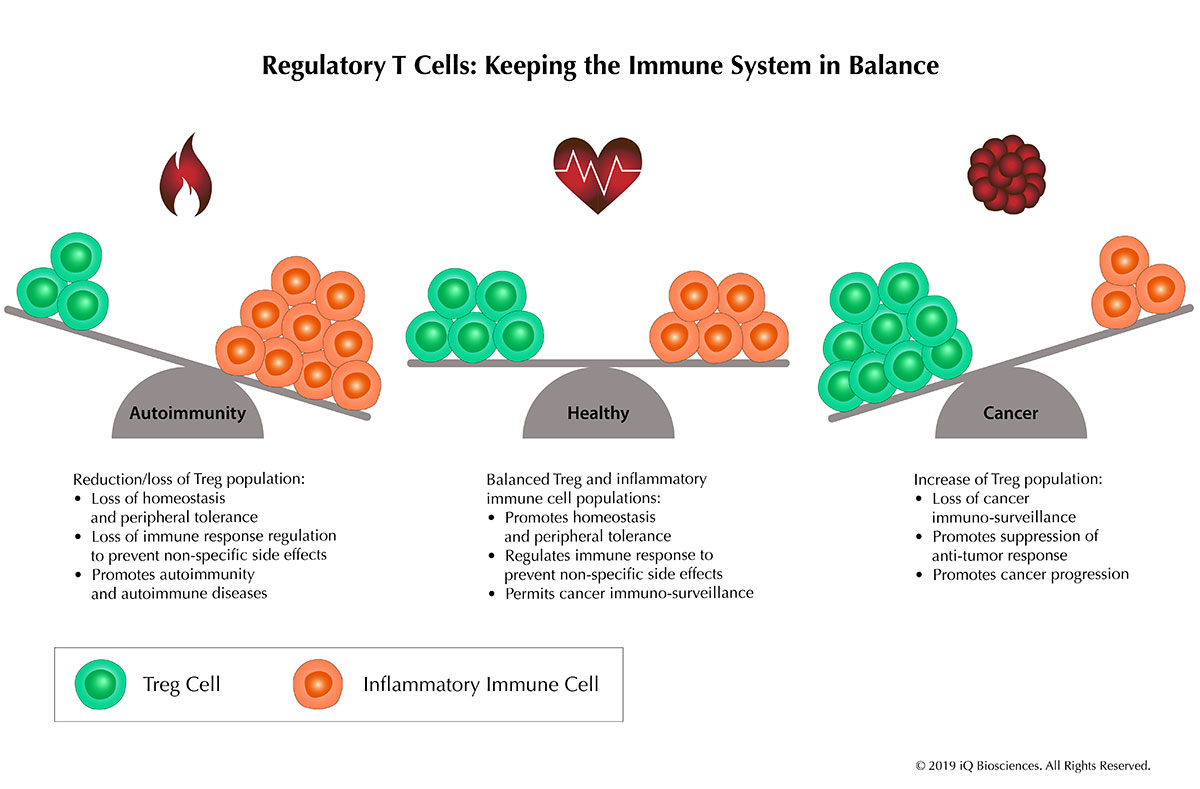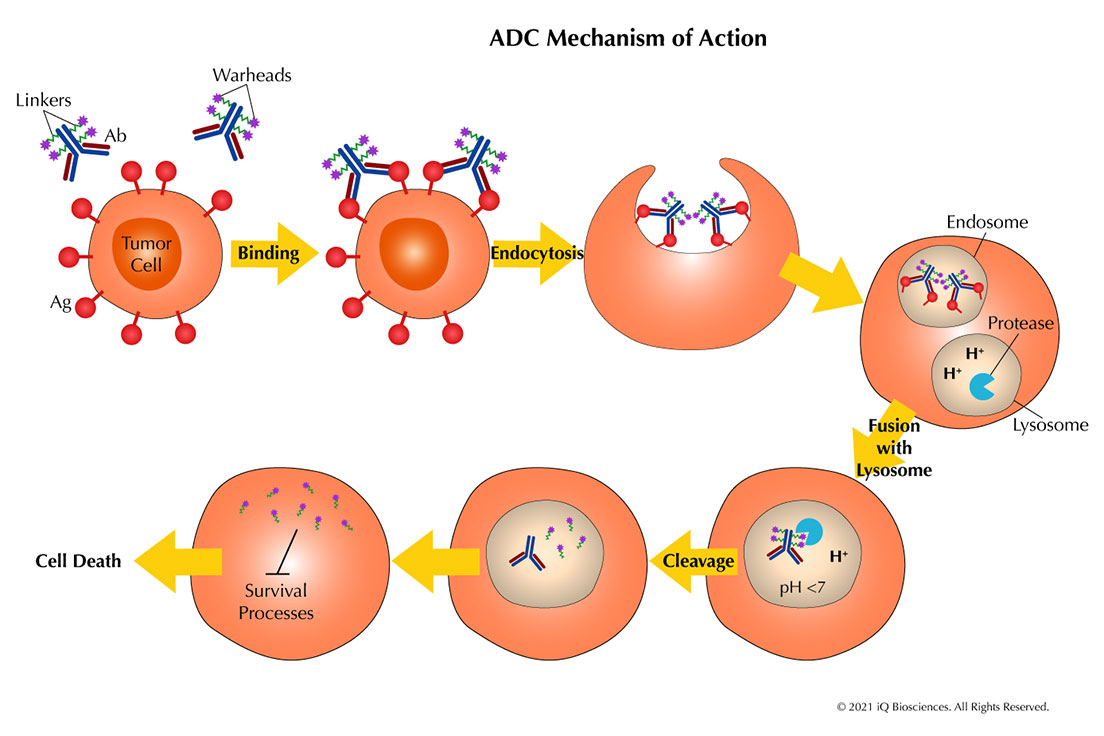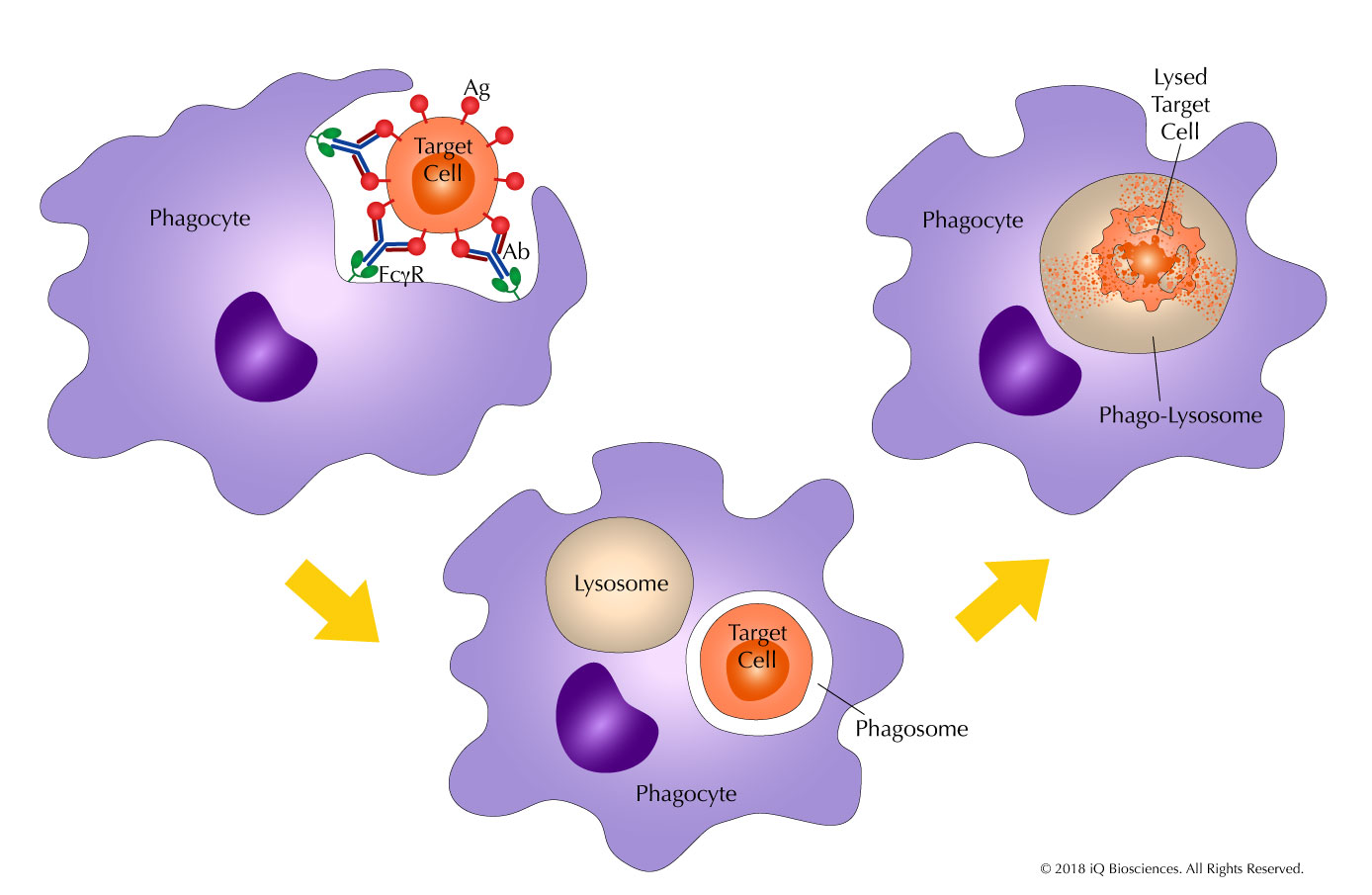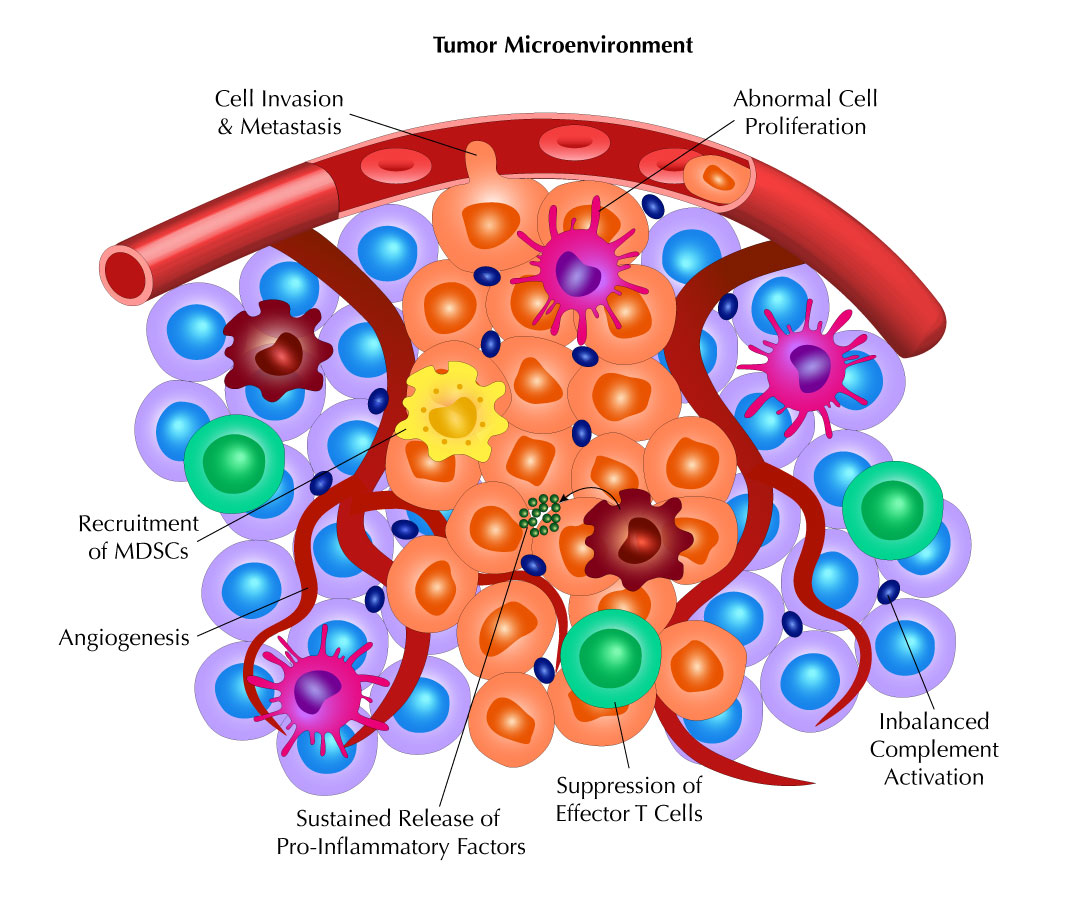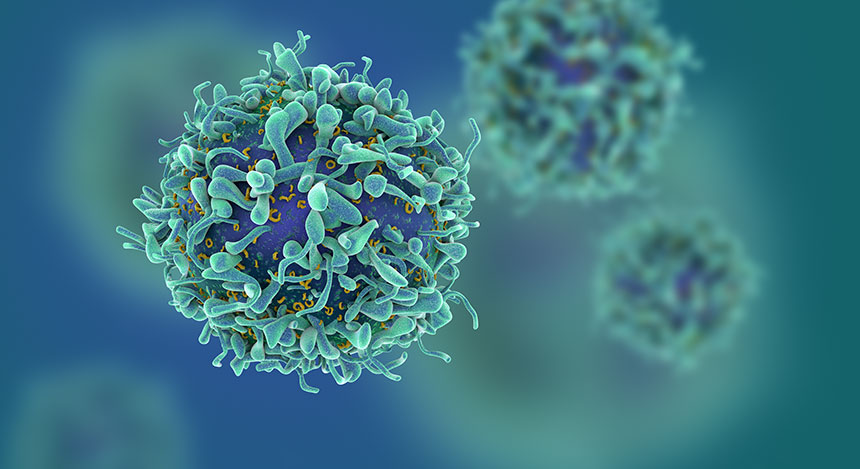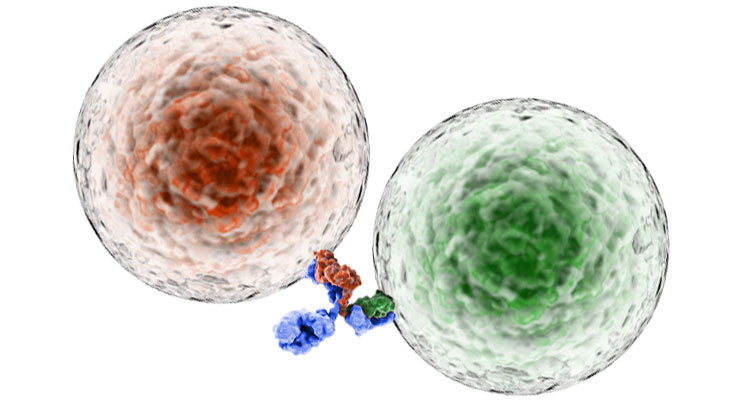The Suppressive Nature of Regulatory T Cells and Their Roles in Cancer and Diseases
Introduction to Regulatory T Cells The immune response is an exquisitely controlled event in which lymphocytes expand, secrete cytokines, and kill infected cells in response to foreign pathogens. At the peak of the immune response, extracellular organisms are eradicated through the humoral response, while intracellular pathogens are cleared by eliminating infected cells through the cellular response. In both cases, the activated immune cells will continue to look for pathogens or infected cells after clearance unless their response is regulated and culled. Without this diminishment of the immune response, unwanted events, such as non-specific destruction of tissue and organs, may [...]
